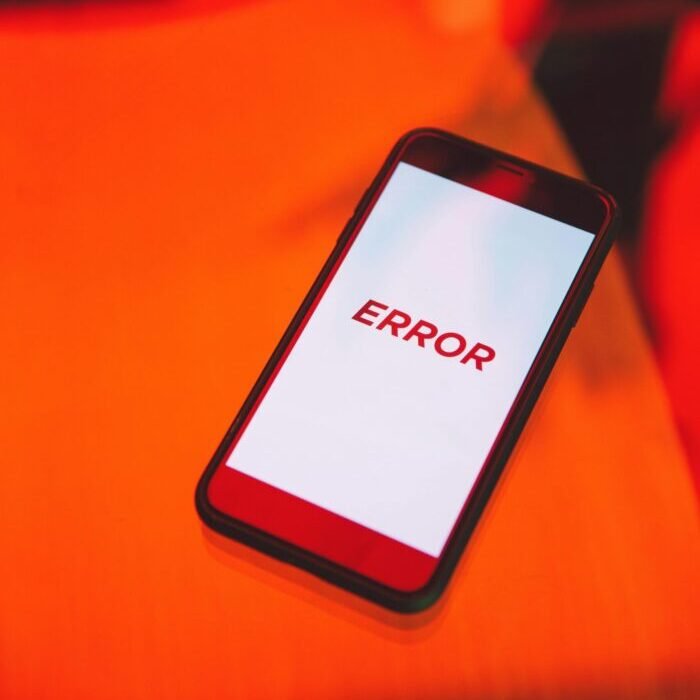Not every problem raised by your Japanese distributor is an excuse — but many are. The key is knowing how to distinguish legitimate market barriers from convenient deflections. Here’s a field-tested breakdown of the most common excuses, what they often mean, and how to verify the truth behind them.
Sales & Market Development Excuses
“The market in Japan is different.”
➡ Often used to justify poor sales or lack of effort.
Check: Is your competitor growing? Are market trends contradicting their claim?
“Customers are conservative and don’t like change.”
➡ True in some cases, but also used to justify avoiding proactive selling.
Check: Are any innovative products succeeding in your category?
“We’re waiting for customers to ask for it.”
➡ Reflects passive, order-taking behavior.
Check: Are they doing outbound calls, demos, or follow-ups?
“It takes time to build trust in Japan.”
➡ Culturally true, but shouldn’t paralyze action.
Check: Are they building relationships or using this as a stall?
“KOLs are difficult to access unless you sponsor their society.”
➡ May be partly true, but not an excuse to do nothing.
Check: Have they proposed a plan to engage KOLs creatively?
Marketing & Communication Excuses
“We don’t have budget to localize materials.”
➡ Often means they don’t value your product enough.
Check: Are they localizing for other products or principals?
“Head office has to approve all marketing activities.”
➡ Possible, but used to delay or deflect responsibility.
Check: Ask for the process and timeline. Are they even submitting requests?
“Japanese customers prefer face-to-face, not digital.”
➡ A dated mindset in post-COVID Japan.
Check: Are competitors using digital marketing successfully?
“Your global materials are too technical or Western.”
➡ Often true — but it doesn’t excuse inaction.
Check: Have they made any attempt to adapt or request support?
Transparency & Data Sharing Excuses
“Our company policy doesn’t allow sharing end-user data.”
➡ Common, but not always legitimate.
Check: Can they give anonymized data or summaries? Other partners do.
“We don’t use CRM — Japan sales are relationship-based.”
➡ Culture clash excuse.
Check: Are they using Excel, any kind of pipeline tracking? Or just hiding activity?
“We’ll share the report next quarter — we’re still compiling it.”
➡ Classic delay tactic.
Check: Is this recurring? Are reports consistently vague or incomplete?
“Customer names are confidential.”
➡ Can be true under Japanese privacy norms, but shouldn’t block all visibility.
Check: Ask for activity logs or meeting summaries instead.
Strategic Misalignment Excuses
“This product doesn’t fit the Japanese mindset.”
➡ Sometimes true — but often used to avoid effort.
Check: Has a real market analysis been done? Or is it an opinion?
“It’s not profitable enough to focus on.”
➡ Signals low priority, possibly due to incentive mismatch.
Check: Are commissions or margins competitive vs. their other lines?
“Let’s wait and see how it performs before committing.”
➡ Stalling tactic if said repeatedly.
Check: Have they delayed similar products before? Are there launch plans?
Legal & Structural Excuses
“We can’t transfer registration — it’s not allowed in Japan.”
➡ Often overstated to maintain control.
Check: Confirm with regulatory experts — most transfers are possible.
“We need exclusivity to justify investment.”
➡ Normal ask, but not if they perform poorly.
Check: Are they delivering on prior commitments tied to exclusivity?
“We are the only ones who can navigate Japanese regulations.”
➡ Gatekeeping behavior.
Check: Clarify what makes them uniquely qualified and double check the availability of alternatives
Cultural & Operational Disconnects Excuses
“Our president needs to review this personally.”
➡ Often used to delay or avoid decision-making.
Check: How often does this happen? Is there always one more level of approval?
“That kind of direct feedback doesn’t work in Japan.”
➡ Can be true — but doesn’t mean no feedback.
Check: Are they offering constructive alternatives or just avoiding discomfort?
“We said ‘yes’ but meant ‘we’ll try’ — not a commitment.”
➡ Classic high-context communication trap.
Check: Document agreements in writing. Follow up clearly.
“We can’t use your systems — too different from Japanese norms.”
➡ May be partially valid, but not always.
Check: Are they using digital tools for other partners or internally?
Support & Training Excuses
“The product is too complex — we need more training.”
➡ Fair ask, but sometimes used to stall.
Check: Are they sending staff to training or requesting it at all?
“Technical staff are busy with other priorities.”
➡ Indicates your product is low-priority.
Check: Have they proposed a staffing or scheduling solution?
“We can’t visit customers without you present.”
➡ Over-dependence or avoidance.
Check: Are they capable of leading engagements independently?
Commercial Misalignment Excuses
“The price is too high for the Japanese market.”
➡ Often used without data.
Check: Have they fully communicated the value-proposition to the customer? If yes, what are competitors priced at? Is this backed by customer feedback?
“Customers won’t pay unless there’s a discount.”
➡ Possibly true — but what’s the strategy?
Check: Are they negotiating based on value added to customer or defaulting to discounting?
“We can’t hold stock — it’s too risky.”
➡ Signals lack of confidence.
Check: Do they hold stock for other lines? Or are they pushing risk onto you?
“Reimbursement doesn’t cover it well.”
➡ Legitimate barrier, but not a deal-breaker.
Check: Are they coming with proposals, lobbying regulatory bodies, or educating customers on the value?
At Invision Japan, we specialize in helping foreign companies make sense of these situations — separating real barriers from excuses, and turning underperformance into progress. Whether you’re facing stalled sales, vague reporting, or cultural disconnects, we provide the local insight and hands-on support needed to realign your distributor relationships and unlock Japan’s potential.
We’d love to hear other “excuses” that you’ve encountered.


